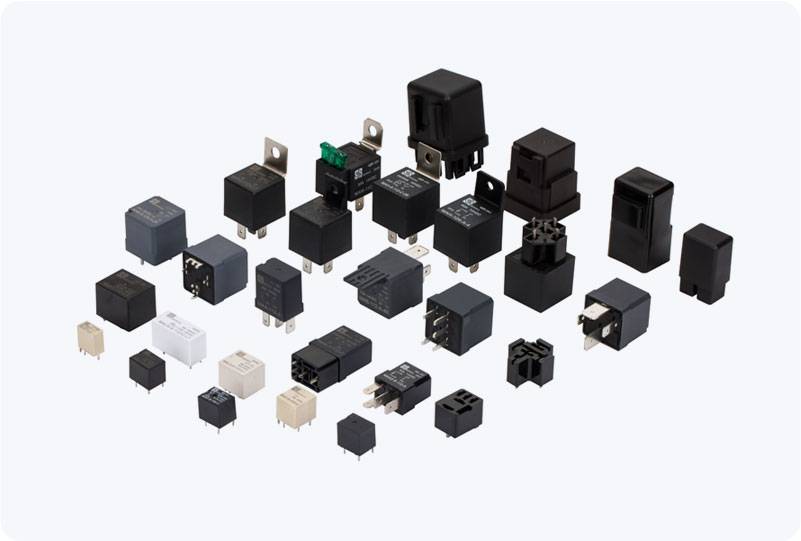In recent years, solid-state technology has emerged as a game-changer in various fields, particularly in the realm of high-voltage (HV) switching. The traditional electromechanical relays, once the backbone of high-voltage systems, are now being replaced by Solid-State High-Voltage Relays (SS-HV Relays), offering enhanced performance, reliability, and efficiency. These innovative devices utilize semiconductor materials to perform switching functions without any moving parts, addressing many of the limitations inherent in mechanical relays. This article will explore the principles, advantages, and applications of Solid-State HV Relays.

Principles of Solid-State HV Relays A Solid-State HV Relay operates based on semiconductor components, such as thyristors, triacs, or MOSFETs, instead of mechanical contacts. These components allow for the switching of high-voltage circuits through electronic control signals, without the need for physical contact between conductive parts. The most common semiconductors used in these relays are silicon-controlled rectifiers (SCRs), which can handle high voltage and current levels efficiently. Unlike electromechanical relays, which rely on a mechanical coil and a movable armature to open or close contacts, a solid-state relay uses the inherent properties of semiconductors to perform the switching function. When a control signal is applied, the semiconductor’s state changes, allowing or interrupting the flow of electricity in the high-voltage circuit. This operation is highly efficient, with minimal energy loss compared to the physical friction and heat generation in traditional relays.